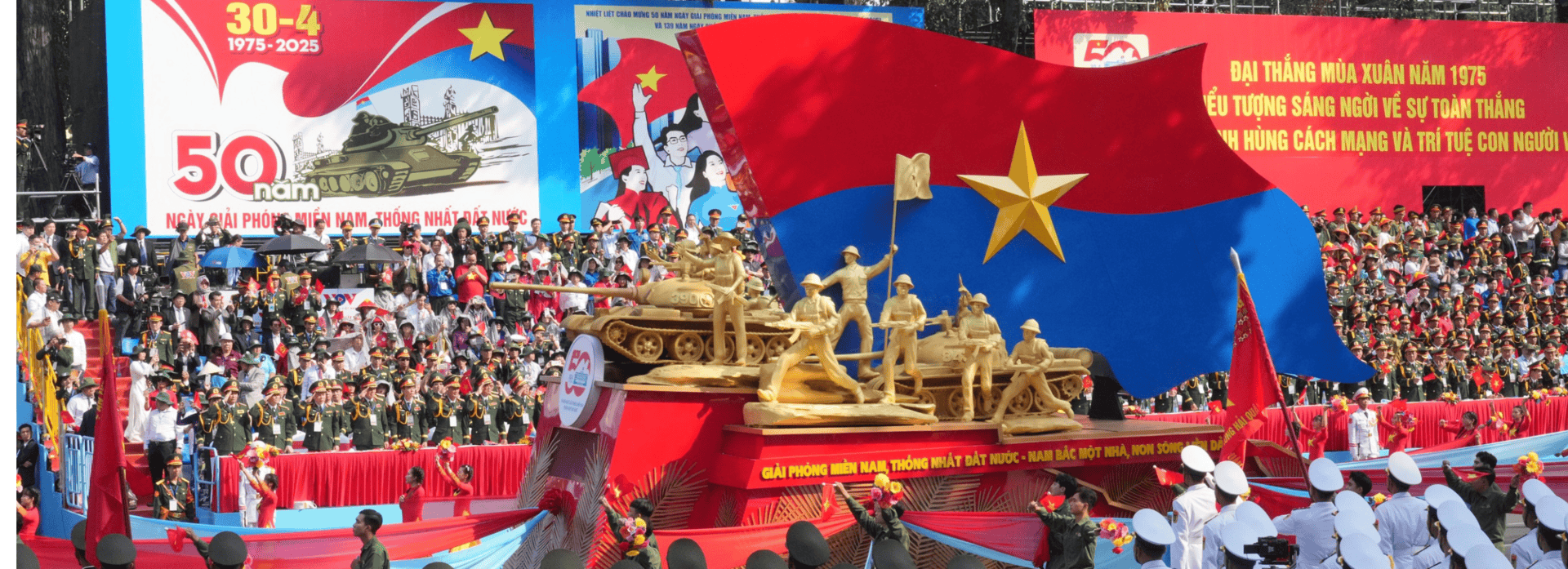
Vietnam, China and Singapore: A shared model of Visionary Governance
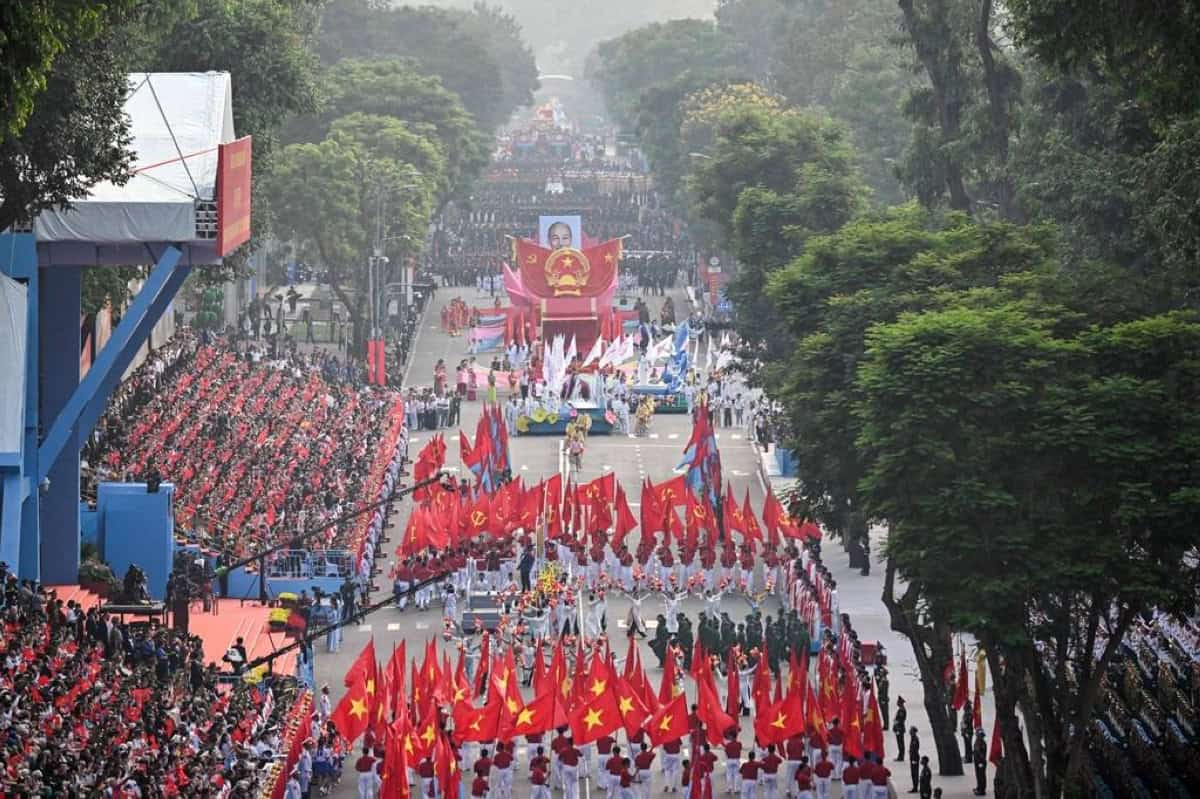
Vietnam’s 50th anniversary of national reunification
Singapore, China and Vietnam have outperformed and achieved dramatic economic success over the last 40 years. They defied global economic trends, achieving some of the highest sustained growth rates in modern history. Behind this success is a shared governance model rooted in long-term planning, political stability, and pragmatic openness to global trade.
- Singapore averaged ~5.4% GDP growth annually from 1985 to 2025. Singapore’s GDP per capita based on Purchasing Power Parity (PPP) is #1 in the world, with a PPP per capita of about US$156,755.
- China averaged ~9.9% GDP growth annually from 1979 to 2010, and ~6.6% thereafter.
- Vietnam GDP growth averaged ~7% annually since the early 1990s.
All 3 of these counties significantly outperformed the world average GDP growth of ~3.5% over the same period. China and Vietnam both orchestrated the most rapid reduction of poverty levels in modern history. And each of these 3 countries enjoyed robust growth in the middle class, quality of life improvements and strong educational outcomes.
Vietnam, Singapore and China have many similarities in their national development and foreign policy approach, which have contributed to their economic success and will continue to do so. They share a distinctive governance and foreign policy model that prioritizes long-term national planning, national modernization, political cohesion, strategic multilateralism and the broad-based development of their people. While their electoral systems vary in form, they operate with striking philosophical alignment – balancing pragmatism, sovereignty, and modernization without the divisiveness of adversarial politics and populism, or the rigidity of isolationism.
1. Vision
Governance of Singapore, China and Vietnam countries is goal-oriented, centralized, and deeply committed to future-oriented transformation. Their policy horizon and national goals are long-term, way beyond short-term election cycles. This enables them to undertake national development projects that potentially span 5, 10 or even 25 years.
The government of Singapore has long engaged in strategic planning over the coming 30-50 years. For example the Urban Redevelopment Authority (URA)’s Urban Development Master Plan is a statutory land use plan reviewed every 5 years by the URA, looking ahead 10–15 years but aligned with a longer Concept Plan that stretches 40–50 years. It has included long term initiatives such as:
- Reclaiming land for future needs (e.g., Marina Bay, Jurong Island).
- Shifting the port from Tanjong Pagar to Tuas by 2040 to free up 1,000 hectares for the Greater Southern Waterfront, a decades-long transformation project.
- Decentralization strategy: development of self-sufficient hubs like Tampines, Jurong East, and Punggol to reduce pressure on the CBD.
Likewise, in 2016 Singapore launched the Committee for the Future Economy, which develops Industry Transformation Maps (ITMs). ITMs chart out how each sector will automate, digitalize, and internationalize. For example:
- Precision engineering and semiconductors: pivoting toward Industry 4.0 with automation grants and workforce retraining.
- Biotech and finance: positioning Singapore as Asia’s hub for fintech, AI regulation, and drug discovery.
- SkillsFuture: A national program to upskill workers for emerging sectors, anticipating job shifts decades ahead.
China and Vietnam are guided by multi-decade national visions, and more detailed 5-10 year plans which align with the long term national vision. For example, China has a National Rejuvenation by 2049 while Vietnam has a Vision 2045. These countries use central planning for long term national development goals, while embracing free markets and the rapid development of the private sector
Both China and Vietnam use the term “socialist-oriented market economy” to describe their economic model. In this system, five-year plans guide development priorities (e.g., digital infrastructure, green growth, rural development). They set objectives to develop national expertise in strategic sectors like high-tech, AI, and semiconductors in partnership with the private sector and foreign investors. They aim to create the optimal conditions for markets to function, with necessary controls and regulations, without interfering in the day-to-day commercial decisions required by market participants.
In this system, enterprises operate in a free market. Competition exists between private firms, SOEs, and foreign-invested enterprises. By some accounts, China is the most competitive market environment in the world.
China became the World Leader in Low Carbon Technologies. China’s dominance in low carbon technologies is the result of a long-term industrial policy guided by clear strategic intent. As early as the 2000s, China recognized clean energy not just as an environmental necessity but as a cornerstone of future economic competitiveness. It set ambitious national targets—for example, achieving over 1,200 GW of solar and wind capacity by 2030—and backed them with state subsidies, cheap credit from state banks, guaranteed procurement via feed-in tariffs, and aggressive export support. China’s government also prioritized domestic demand, using large-scale infrastructure and grid modernization to create economies of scale. This allowed its manufacturers to rapidly drive down global costs: between 2010 and 2020, the price of solar PV modules fell by over 80%, with Chinese firms like LONGi and JinkoSolar becoming global leaders. Crucially, This sort of coordinated planning enables China to build entire industrial ecosystems, including rare earth processing, battery supply chains, and workforce development, ensuring long-term cost and technology advantages.
China planted 1 Billion Trees and reduced pollution levels. China’s “Green Great Wall” or the Three-North Shelter Forest Program, initiated in 1978, was a generational effort to combat desertification and soil erosion across northern China. By setting a 50-year goal to plant tens of millions of hectares of trees, the state mobilized a vast mix of central planning, military involvement, citizen labor, and financial incentives for local governments and farmers. In parallel, the country radically tightened environmental enforcement over the past decade, particularly following the “Airpocalypse” winters of 2013–2015. The government established a nationwide environmental inspection regime and empowered the Ministry of Ecology and Environment to shut down non-compliant factories. From 2015 to 2021, average PM2.5 levels in major cities fell by over 40%.
China became a Leader in Low-Cost, High-Quality Active Pharmaceutical Ingredients (APIs). China became the world’s pharmaceutical manufacturing powerhouse by deliberately targeting Active Pharmaceutical Ingredients (APIs) as a strategic export sector in the 1990s. Cities like Taizhou and Zhejiang became global API hubs with dense clusters of suppliers, research institutes, and regulators working in concert. This ecosystem drove down costs through competition and specialization while maintaining quality through harmonization with international standards like the U.S. FDA and EMA. As of 2023, China produced over 40% of the world’s APIs by volume. Its ability to standardize processes, scale rapidly, and navigate regulatory landscapes globally made it indispensable to both generic and branded pharmaceutical companies worldwide.
Vietnam’s overarching national development strategy aimed at achieving high-income status by 2045 is commonly referred to as “Vietnam 2045”. This vision was formalized during the 13th National Congress of the Communist Party of Vietnam in early 2021, setting the goal for Vietnam to become a developed, high-income nation by the 100-year anniversary of Vietnam’s Declaration of Independence in 2045. Some elements of Vietnam 2045 include:
- Economic Growth: Vietnam targets to become “high-income status” as defined by the World Bank by 2045. This would require per capita GDP of around $15,000 (compare to $4,300 currently) and sustain annual GDP growth rates of 6.5-7.5% between now and 2045.
- Decarbonization: Transition to a decarbonized economy by 2050, aligning with global climate commitments.
- Institutional Reform: Implement comprehensive government restructuring to streamline operations and support economic growth, aiming for a leaner, more responsive government.
- National Energy Development Strategy: Approved by the Prime Minister in March 2024, this strategy outlines goals to ensure national energy security, prioritize sustainable energy development, and align with the net-zero emissions target by 2050.
- Urban Development: Plans to develop at least five cities of international caliber by 2045, serving as regional and international development hubs.
Vietnam’s development goals are well aligned with the U.N. Sustainable Development Goals (SDGs). In 2017, the Vietnamese government approved the “National Action Plan for the Implementation of the 2030 Sustainable Development Agenda,” which outlines 17 SDGs and 115 specific targets tailored to Vietnam’s context. This plan serves as a foundational document guiding the country’s sustainable development efforts across various sectors, including health, education, energy, and environmental protection. It integrates the SDGs into national policies and strategies, ensuring a cohesive approach to sustainable development.
Vietnam’s very new “Resolution 68” asserts the essential role of the private sector in driving growth, job creation, and Vietnam’s national competitiveness. On 30 April 2025, Vietnam’s Politburo issued Resolution 68 setting out a comprehensive roadmap to develop and elevate the role of the private sector in Vietnam’s economy. It acknowledges the central role of the private sector in driving economic development, identifies key constraints faced by the private sector and lays out a plan to establish an optimal enabling environment for the private sector, for example:
- administrative and legal reform to make it easier for the private sector to operate;
- tax reform and tax incentives for R&D;
- new opportunities for Pubic Private Partnerships, increased private participation in strategic national projects such as high-speed rail, energy, and digital infrastructure;
- enabling legal environments for emerging technology sectors. This includes new frameworks for fintech, blockchain, e-commerce, crypto assets, and the digital protection of IP. It also allows enterprises to use public labs and national testing centers at cost to lower R&D barriers and foster scalable innovation ecosystems.
Resolution 68 also sets out clear goals for Vietnam’s private sector, well aligned with the national vision. For example, by 2030:
- Achieve 2 million private enterprises, including at least 20 large companies participating in global value chains.
- Maintain average private sector GDP growth of 10–12% per year, contributing 55–58% of GDP, 35–40% of state budget revenue, and 84–85% of total employment.
- Reach top 3 ASEAN countries and top 5 in Asia for technological capacity, innovation, and digital transformation.
Looking at how the governments of Singapore, China and Vietnam have long term national visions, there is a big contrast with the goals often articulated by political parties in many other countries, which tend to be short-term fixes to immediate problems (with the exception of Northern Europe). Countries such as the United States maintain no long-term plan. Rather the United States has two highly polarized political parties, who are more preoccupied with overcoming and constraining each other, rather than what’s best for the nation. Each change in government often results in the dismantling of whatever the previous government implemented.
2. Political Unity
Singapore, China and Vietnam avoid adversarial, populist, or multiparty political competition in favor of internal consensus and continuity. To the extent there are political rivalries, they are handled quietly among a small group, rather than spilling over into a national struggle that results in a polarized public. They value:
- Political stability and continuity, rather than short-term political shifts. When there are changes in political goals, they occur with a long-term horizon and are introduced gradually to ensure stability.
- Governance is a service, rather than a contest. The government works together towards national development goals, rather than a perpetual struggle among political parties.
To be clear, I am not advocating against elections, rather I am illustrating here the advantages of political unity in terms of national development.
3. Development Orientation
In Singapore, China and Vietnam, governmental legitimacy is based on performance and continuously improving the well-being of the vast majority of people. If the well-being and quality of life of the people is good enough, there is no need for disruptive political changes. Economic growth and the overall wellbeing of the people is treated as a national mission.
Infrastructure, education, and technology are prioritized as levers of national power. They invest heavily in infrastructure, education and developing technological skills on a national scale through coordinated investment and programs.
Singapore, China and increasingly Vietnam each developed extraordinary STEM programs: In the 2022 PISA assessment, Singapore ranked 1st in the world in both math and science. Vietnam ranked 31st and 35th respectively but far outperformed other countries at similar GDP levels. The PISA data is not available for China but 43% of tertiary graduates in China are STEM graduates, resulting in 4.3 million STEM graduates per year by 2022. Contrast this with the United States, which has around 18% of graduates in STEM and is currently defunding the Department of Education.
Civil servants are drawn from top talent pools to ensure high levels of performance, a pattern with a long history in Chinese and Vietnamese culture:
- China has a 1,500 year history of selecting top talent through competitive exams, beginning with the imperial examination system established in the Sui and Tang dynasties (6th–7th centuries). China’s National Civil Service Exam is one of the most competitive tests in China. In 2023, 2.5 million applicants competed for just 37,000 positions—a 1.5% acceptance rate. Civil service jobs are highly prestigious and attract graduates from top-tier universities, including Peking and Tsinghua Universities.
- From the 1500s onwards, under Vietnam’s Lê and Nguyễn dynasties, Vietnam also ran Confucian exams to select mandarins. The imperial court in Huế held civil service exams until French colonial rule disrupted the system in the early 20th century. Today however, the country would benefit from dramatically increasing public sector salaries, similar to how Singapore has done.
- Singapore, in its brief 60 year history, successfully built one of the world’s most elite and technocratic civil services, modeled on a Confucian-informed meritocracy but optimized through modern governance mechanisms. The Public Service Commission (PSC) identifies top-performing students through national scholarships such as the President’s Scholarship and PSC Overseas Scholarships. These are awarded to students from Singapore’s most prestigious schools, often sending them to Harvard, Cambridge, Oxford, or LSE for their studies, with the condition of returning to serve in government roles for a fixed term. Singapore is unique globally for its transparent and deliberate policy of offering private sector–benchmarked salaries for top government positions, including civil servants and ministers. As of 2024, ministers earn US$800,000–900,000, with similar compensation for permanent secretaries and other senior administrators.
4. Multilateralism and Engagement
Given their focus on long-term national goals, Vietnam, Singapore and China all follow a policy of multilateralism rather than unilateralism, isolationism or military alliances. They favor harmoniously working with all countries towards shared goals rather than a me-first unilateral or transactional approach.
They build influence via infrastructure, trade, and diplomacy, not coercion and pressure. They don’t pressure others to adapt their form of government.
They avoid joining military alliances. Vietnam maintains good relations with both North and South Korea, with China and United States, with Russia and Ukraine, United States and Iran, etc. Even China has stayed relatively neutral in the war between Russia and Ukraine, even though it has the ability to get involved and tip the scales.
Singapore is not part of any binding mutual defense pact like NATO or the U.S. – Japan alliance. It explicitly follows a non-aligned, sovereign defense doctrine focused on deterrence and self-reliance.
5. Global economic engagement and trade
Singapore, China, and Vietnam have each strategically positioned themselves as pro-trade and pro-investment economies, prioritizing economic engagement over political or military alliances. Their foreign policies are deeply rooted in expanding trade networks, attracting foreign direct investment (FDI), and integrating into global supply chains.
China has signed and implemented 16 FTAs. Key agreements include the Regional Comprehensive Economic Partnership (RCEP) and the China-ASEAN Free Trade Agreement (ACFTA), and various bilateral agreements.
Vietnam has established 17 FTAs with over 50 countries. Key agreements include: Regional Comprehensive Economic Partnership (RCEP), the China-ASEAN Free Trade Agreement (ACFTA), Comprehensive and Progressive Agreement for Trans-Pacific Partnership (CPTPP), EU-Vietnam Free Trade Agreement (EVFTA), ASEAN Free Trade Area (AFTA) and a multitude of bilateral agreements.
Singapore has an extensive network of 27 implemented FTAs, including: ASEAN Free Trade Area (AFTA), ASEAN–China FTA, Comprehensive and Progressive Agreement for Trans-Pacific Partnership (CPTPP), Regional Comprehensive Economic Partnership (RCEP).
China’s Belt and Road Initiative (BRI) is an instrument of foreign policy. Launched in 2013, China’s BRI is a global infrastructure and investment strategy aimed at enhancing regional connectivity and embracing an ambitious economic and foreign policy agenda. Over 150 countries have signed agreements under the BRI, encompassing projects in Asia, Europe, Africa, and Latin America. China has invested over $1 trillion in BRI projects, including ports, railways, highways, and energy pipelines. The BRI serves to expand China’s economic and political influence, secure energy routes, and open new markets for Chinese companies.
In 2024, China’s Overseas Direct Investment reached RMB1,159.27 billion (approximately US$163 billion).
Singapore has exceptionally high levels of both inbound and outbound foreign investment. In 2023, Singapore attracted a record-high US$159.6 billion in FDI, making it the third-largest FDI recipient worldwide after the U.S. and China. Meanwhile, Singapore’s cumulative outstanding value of Direct Investment Abroad by 2023 was S$1.52 trillion, more than half of which was invested in other Asian countries.
Vietnam attracted approximately $38.2 billion in foreign direct investment in 2024. Singapore was the leading investor in Vietnam, contributing nearly $10.21 billion, accounting for 26.7% of the total FDI and reflecting a 31.4% year-on-year growth. Sembcorp Industries, Keppel Corporation, CapitaLand, Mapletree Investments and Temasek are all big Singaporean investors in Vietnam. However, as mentioned in a previous blog post that I wrote, While the World’s attention is on the chaos of United States, Vietnam continues its Regional Integration with East Asia, China is also rapidly growing as a source of FDI into Vietnam as those two countries continue on their path of economic integration.
6. Conclusion
Each of Singapore, China and Vietnam share a political framework that might be called something like “Technocratic Developmental Multilateralism”. It has worked well for them over the last 40 years and this is likely to continue. These countries have delivered extraordinarily strong GDP growth, educational outcomes, quality of living improvements, poverty reduction, and robust growth in the middle class. Their ongoing focus on their long-term national vision, political unity and alignment, multilateralism, and openness to trade and investment, ensures that each of these 3 countries will be driving forces in the emergence of the Asian Century.
About the author: Chris Freund is the founder and Managing Partner of Mekong Capital, Vietnam’s first Private Equity firm, which was established in 2001 and had made more than 45 private equity investments in Vietnamese companies. Vietnam is home to Chris, where he has lived for more than 27 years, starting in 1994.
Tags: Vietnam


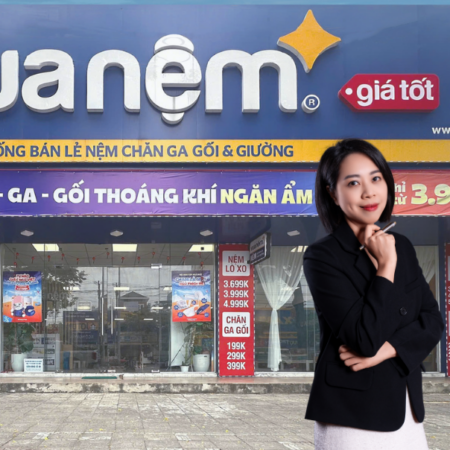
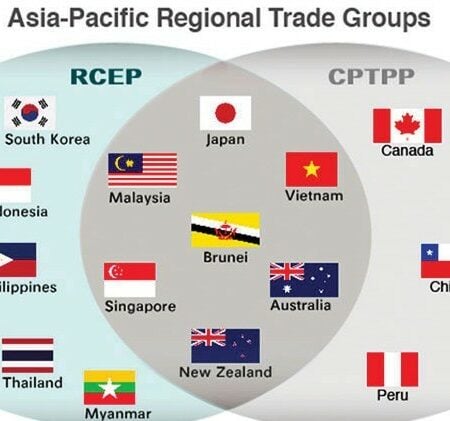
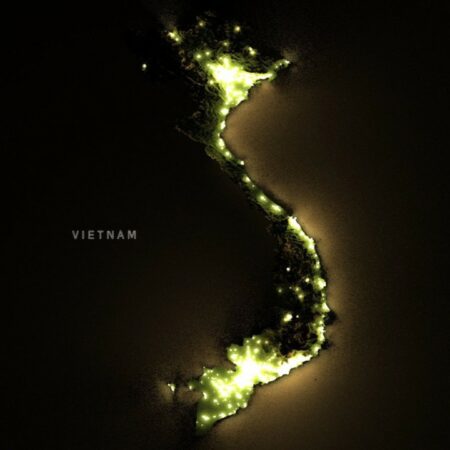
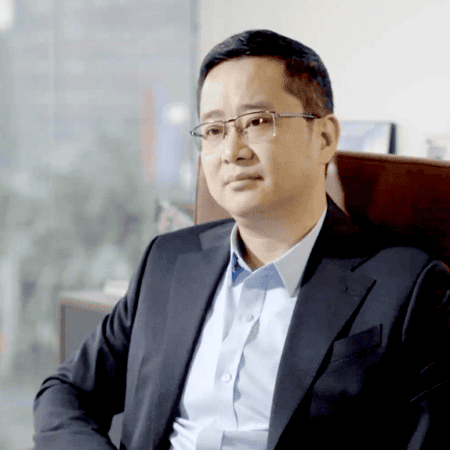
Leave a Reply